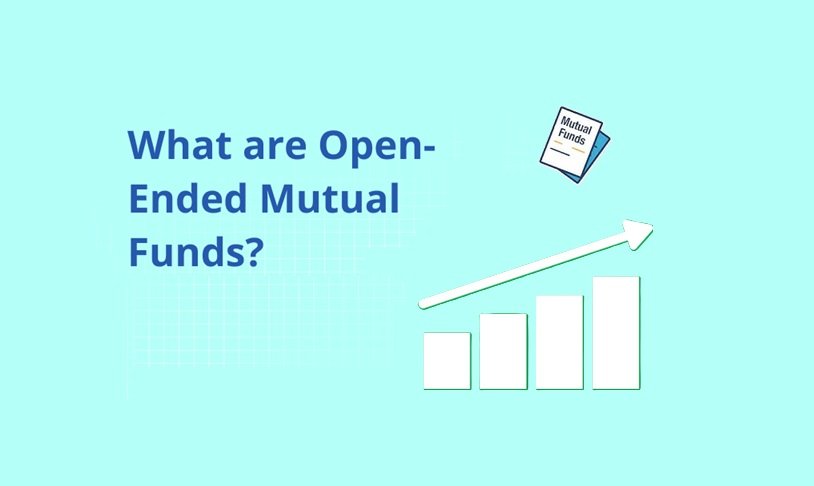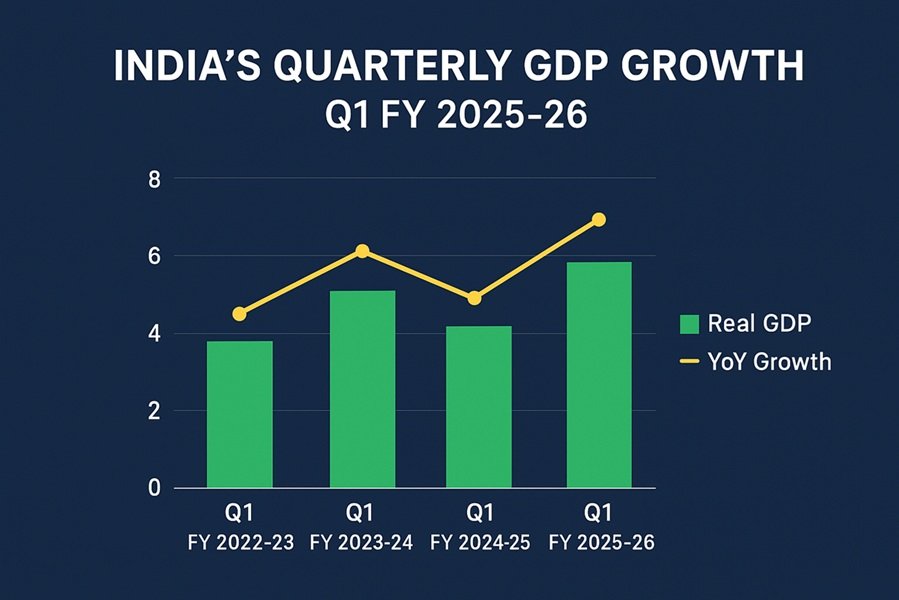
Mutual funds are an excellent investment vehicle for individuals looking to grow their wealth. Among the various types of mutual funds, open-ended mutual funds are highly popular due to their flexibility and liquidity. In this article, we’ll explore what open-ended mutual funds are, how they work, their benefits, and the associated risks.
What Are Open-Ended Mutual Funds?
Open-ended mutual funds are investment schemes that allow investors to enter and exit at any time. These funds do not have a fixed maturity period, and investors can buy or sell units directly from the fund house at the current Net Asset Value (NAV). NAV represents the per-unit market value of the fund’s assets minus liabilities.
Key Features:
- No Lock-In Period: Investors can redeem their units whenever they need funds.
- Continuous Availability: Units can be purchased or sold at the prevailing NAV.
- Market-Linked Returns: Returns depend on the performance of the underlying assets in the fund.
Example:
Suppose you invest ₹50,000 in an equity open-ended fund. Over time, the NAV grows from ₹100 to ₹120. You can sell your units at the new NAV, benefiting from the increase.
How Do Open-Ended Mutual Funds Work?
- Investment Pooling: Investors pool their money, which is managed by a professional fund manager.
- Portfolio Allocation: The fund manager invests in various assets such as stocks, bonds, or other securities based on the fund’s objectives.
- NAV Calculation: The fund’s NAV is calculated daily based on the market value of its portfolio.
- Buying and Selling: Investors can buy or redeem units at the prevailing NAV.
Benefits of Open-Ended Mutual Funds
- Liquidity:
Open-ended funds are highly liquid, meaning you can redeem your investment at any time without waiting for a maturity date. This makes them ideal for investors seeking easy access to their money. - Diversification:
These funds invest in a variety of assets, reducing the risk associated with a single investment. For example, an equity fund may hold stocks across different sectors to spread risk. - Professional Management:
Fund managers handle asset allocation, market analysis, and investment decisions, saving investors the effort of active management. - Flexibility:
Investors can invest small amounts through SIP (Systematic Investment Plans) or make lump sum investments based on their financial goals. - Transparency:
Fund houses provide regular updates on portfolio holdings, NAV, and fund performance, allowing investors to track their investments. - Accessibility:
These funds cater to all types of investors, with options ranging from low-risk debt funds to high-risk equity funds.
Risks of Open-Ended Mutual Funds
- Market Risk:
Since returns depend on market performance, a downturn in the stock or bond market can negatively impact the fund’s NAV. - Liquidity Risk:
While open-ended funds are generally liquid, redemption pressure during volatile market conditions may force fund managers to sell assets at unfavorable prices. - Management Risk:
The fund’s performance heavily relies on the fund manager’s expertise. Poor decisions can lead to lower returns. - Expense Ratio:
These funds charge an expense ratio for managing the portfolio. High expense ratios can reduce overall returns. - Volatility:
Equity-oriented open-ended funds can be highly volatile, making them less suitable for risk-averse investors.
Types of Open-Ended Mutual Funds
- Equity Funds:
Invest primarily in stocks and are ideal for long-term wealth creation.
Example: Large-cap funds, mid-cap funds, or sectoral funds. - Debt Funds:
Focus on fixed-income securities like bonds and government securities. These are suitable for risk-averse investors seeking stable returns. - Hybrid Funds:
Combine equity and debt investments, offering a balance of risk and reward. - Liquid Funds:
Invest in short-term instruments like treasury bills, providing high liquidity and low risk. - Index Funds:
Track a specific market index, such as the NIFTY 50 or SENSEX, offering returns that mirror the index’s performance.
How to Invest in Open-Ended Mutual Funds
- Choose a Fund:
Select a fund that aligns with your financial goals, risk appetite, and investment horizon. - Open an Account:
Register with a fund house or a mutual fund platform. Complete your KYC (Know Your Customer) verification. - Decide Investment Mode:
Opt for SIP for regular investments or lump sum for one-time investments. - Track Performance:
Monitor the fund’s NAV, portfolio, and market trends to ensure it meets your expectations. - Redeem Units:
Sell your units when needed or when you achieve your financial goal.
Who Should Invest in Open-Ended Mutual Funds?
- First-Time Investors: These funds are simple to understand and provide diversification.
- Long-Term Planners: Equity-oriented funds are great for long-term wealth creation.
- Risk-Averse Individuals: Debt funds offer stable returns with lower risk.
- Liquidity Seekers: Investors who may need access to their money at short notice.
Conclusion
Open-ended mutual funds are a versatile investment option suitable for a wide range of investors. They offer liquidity, professional management, and diversification, making them an excellent choice for both beginners and seasoned investors. However, it’s crucial to assess your risk tolerance and financial goals before investing. Consult with a financial advisor to choose the right fund for your needs and maximize your investment potential.







